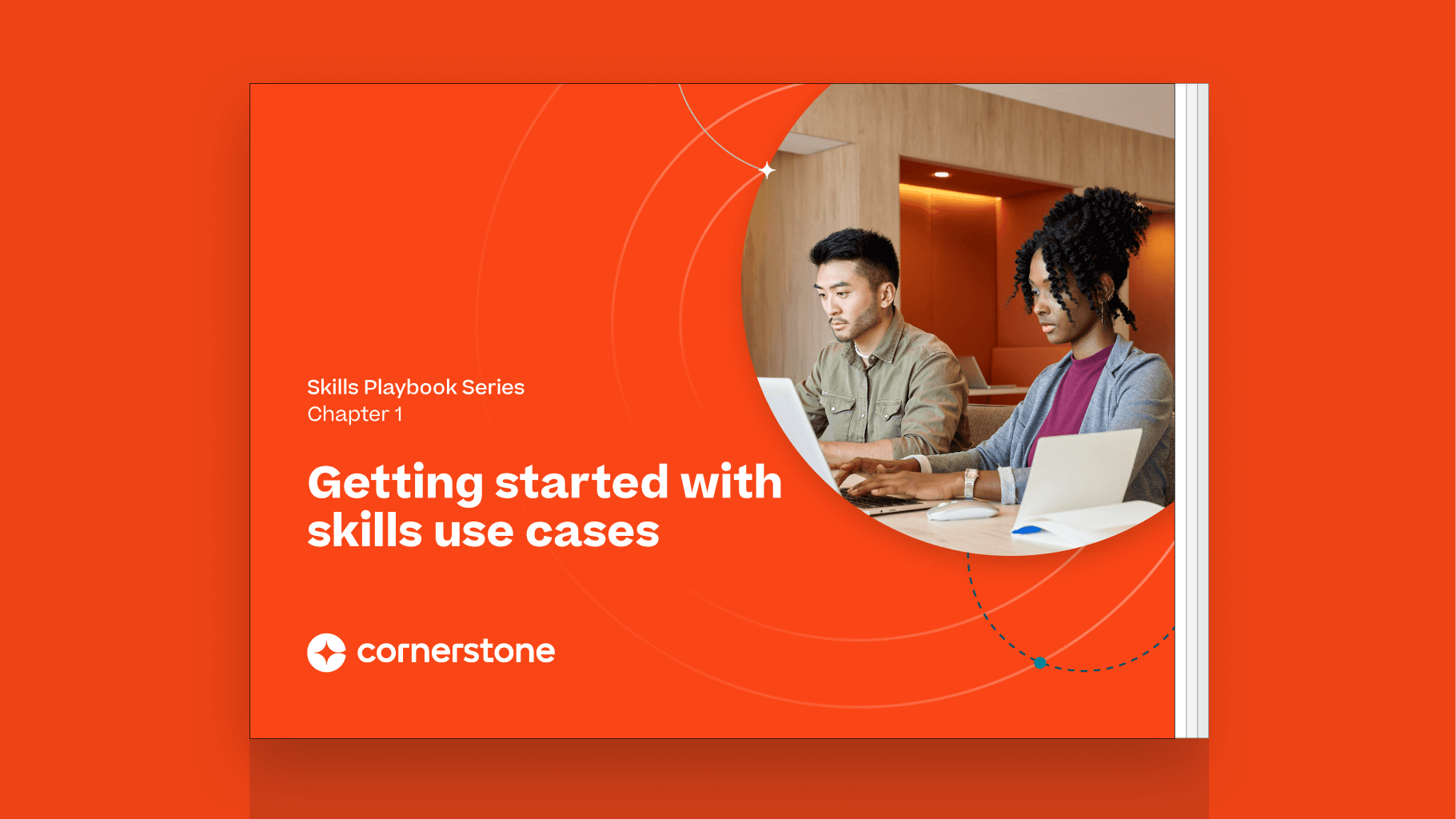It's taken a while, but the corporate world has started to recognize the power of bite-sized, timely, highly specific training—known as microlearning.
These micro-lessons—usually packaged as a 3 or 4 minute video, podcast, infographic, game, whiteboard animation or quiz—give learners what they need to know in a quick and engaging way. It's no coincidence that many of these formats are highly visual; while we can process and understand images in blink of an eye, it actually takes twice as long to process words. In fact, 80 to 90 percent of the information our brains process is visual.
According to a 2017 report, 38 percent of talent development professionals already use microlearning—and another 41 percent plan to start within the next year. The reason for the growth is simple: It produces results.
One of the key ways microlearning produces results is through its ability to tackle the most significant problems facing traditional training—most notably, the retention rate of information.
In 1895, Herman Ebbinghaus discovered that within 24 hours of learning something new, 67 percent of that learning will be forgotten. That's because too much information will cause what psychologists term "cognitive overload"—in other words, it will halt or slow down the transfer of information into long-term memory. Chopping up the information into tasty small morsels, tackling one or two key points, will lessen that cognitive load. Better yet, presented in different ways, it could even boost memory.
While this information about memory and learning retention is old news, it's only now taking off to such an extent because digital technology makes it easy and accessible to create such "microlearning" content. People don't need to step away from the workplace to learn, they can learn during the day at a time and pace that suits them. They are in control.
Home décor firm, At Home, for example, uses microlearning to help with everything from onboarding to training in customer service and compliance. The company was able to train 2,500 staff members in four weeks instead of six months, and reduce onboarding time by 90 percent. Not only that, but it raised employee knowledge about critical safety topics by 14 percent. And since it takes just a few minutes a day, it is easy for workers to fit it in their everyday tasks.
Making learning short is not enough to make microlearning a success; you still need engaging content that is more than simply a condensed version of an hour-long training course.
Combining gaming with microlearning is a great way of ensuring that people engage with the content. Medical device brand Philips Healthcare, for example, used gamified microlearning to teach sales training about a new sleep therapy platform. The company replaced their WebEx classroom training sessions with a sales performance platform, which has built-in competitive gaming. They soon saw engagement rates soar as high as 99 percent for their voluntary training—unprecedented engagement rates for the company.
The key to remember is this: Microlearning content may be short, but that doesn't make it simple. Find ways for employees to be actively engaged with the content—whether that's incorporating quizzes, gamifying the experience, or providing personalized suggestions—and you're guaranteed to get much better results than if they were passively reading a training guidebook or sitting in a classroom.
Photo: Twenty20

